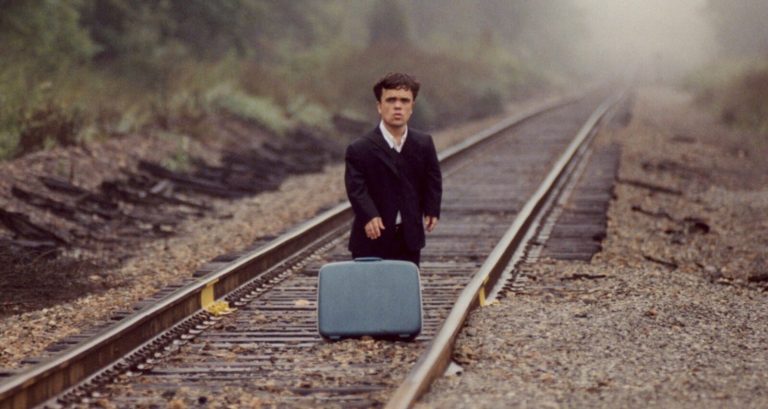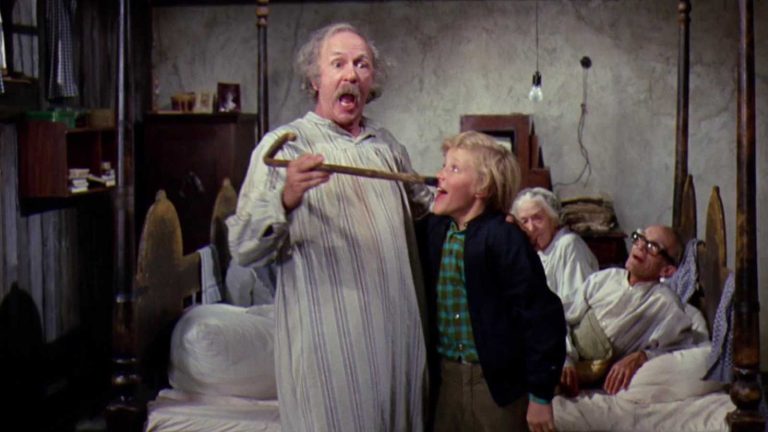10 of the Worst Jobs in the Dark Ages

The Medieval period was a time characterized by rampant violence, widespread diseases, and limited technological advancements. Despite the various challenges of the era, people had to eke out a living and, as a result, often had to take on jobs that were perilous and repugnant. Many workers faced physical harm or even death. We’re exploring some of the most dreadful jobs that people had to endure during the Dark Ages.
1. Executioner

During the Dark Ages, one of the most dangerous and dreaded jobs was that of the executioner. The executioner was responsible for carrying out sentences of capital punishment, which often included beheadings, hangings, and burnings at the stake. The profession was widely disliked and viewed as socially unacceptable, leading to executioners facing isolation and exclusion. Nevertheless, even in the face of danger and social stigma, executioners played a crucial role in upholding law and order during this period of history.
2. Tanners

During the Dark Ages, tanners had the hazardous and unpleasant job of transforming animal hides into leather goods. They used toxic chemicals, such as lime, urine, ammonia, and formaldehyde, to remove hair and flesh from the skin and to tan the hides. The long-term health issues, including respiratory problems and skin disorders, were a consequence of being in contact with these substances. The strong smell from tanneries led to the social exclusion and ostracization of those involved in the industry. However, tanners continued to be in high demand because of the essential economic role their products played, despite the risks to health and social isolation.
3. Plague Burier
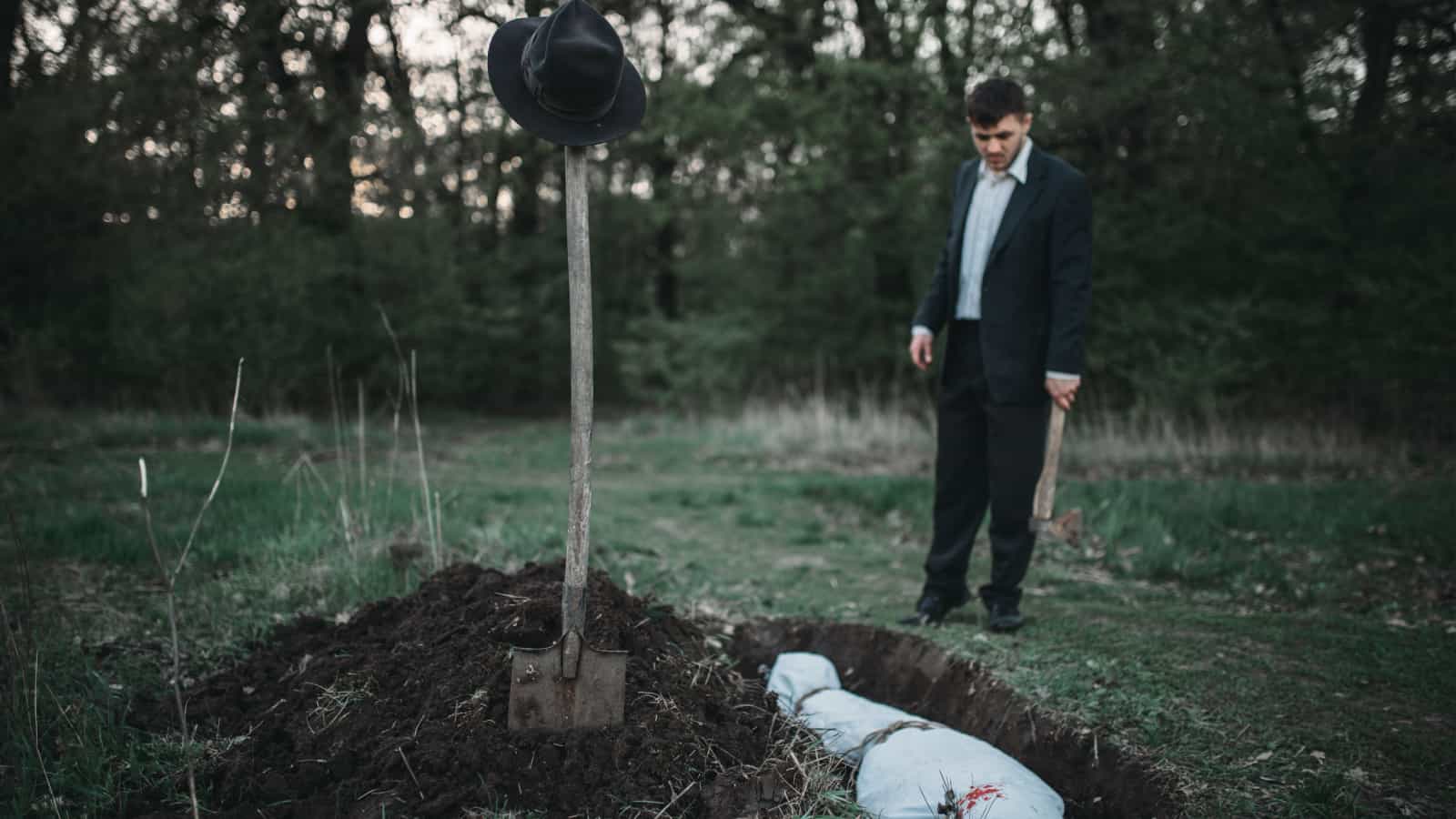
The Plague Burier was a dangerous and gruesome job during outbreaks of the bubonic plague. Workers were hired to collect and bury the dead, exposing themselves to the highly contagious disease. The job was also emotionally taxing, as they had to handle the bodies of friends and family members, often without protective gear or proper burial equipment. Despite the risks, the job was essential in preventing the spread of the disease and ensuring the health of the community.
4. Rat Catchers

During the Dark Ages, rat catching was a crucial profession that involved trapping and killing rats, which were considered significant problems and disease carriers. Rat catchers would use a variety of methods such as traps, trained animals like dogs and ferrets, and poison to catch rats, mainly in urban areas where there was a higher concentration of people and waste. Despite its importance, rat catching was often viewed negatively and stigmatized as a dirty job associated with the lower classes. Nonetheless, rat catchers played an essential role in controlling the rat population and preventing the spread of diseases.
5. Gong Farmer
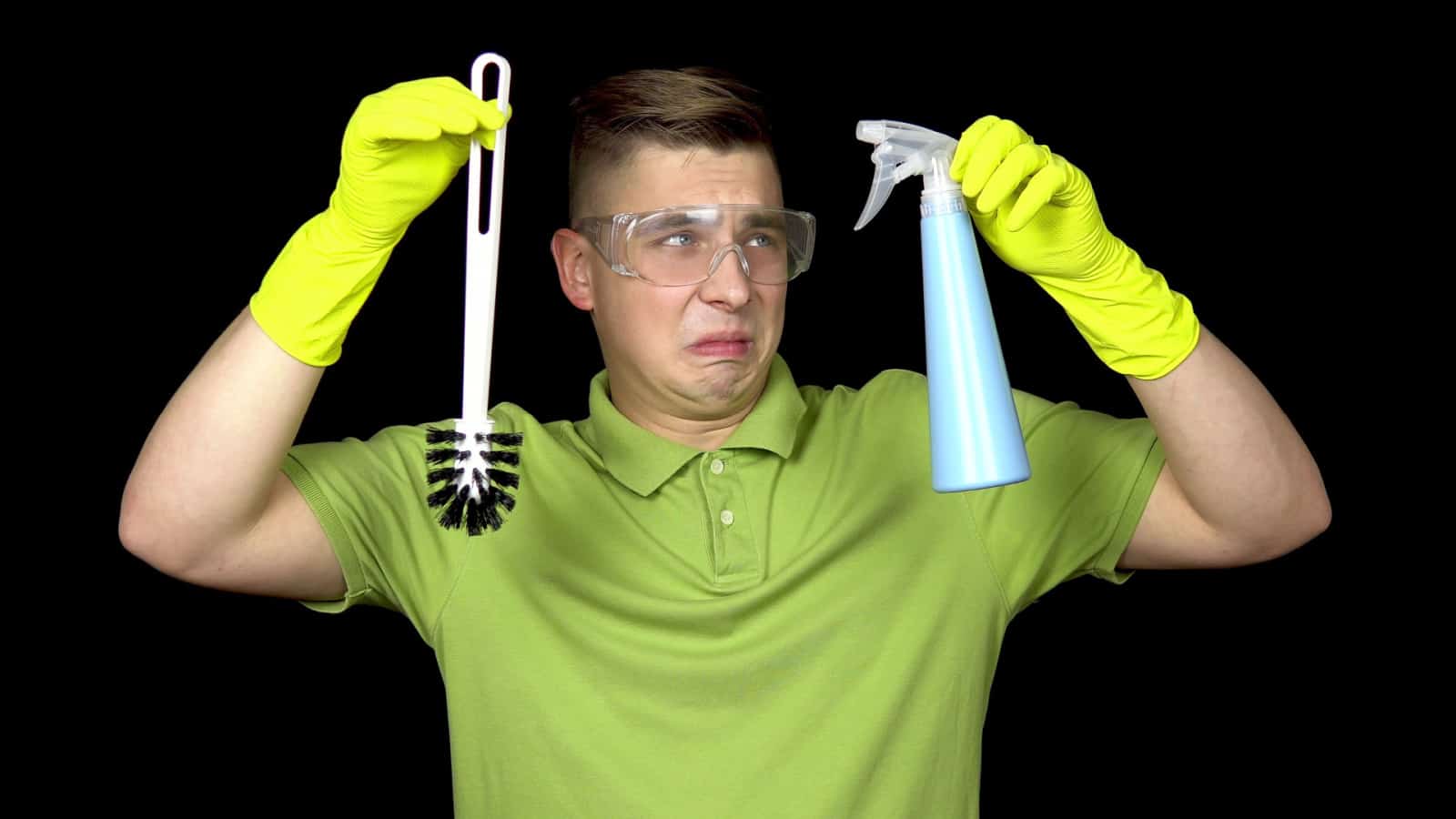
The gong farmer was a profession during the Dark Ages that involved the cleaning and maintenance of privies and cesspits. The workers used shovels and buckets to remove waste and dispose of it outside the town or city. Although vital to public health, the job was stigmatized, and gong farmers were considered lower class and shunned by society. They often had to work at night to avoid being seen. Despite these challenges, gong farmers played an important role in promoting sanitation during the Dark Ages.
6. Leech Collector

Leech collectors were individuals responsible for gathering medicinal leeches from freshwater environments such as rivers and ponds. They would collect the leeches using their bare hands or special tools and then sell them to medical professionals for use in bloodletting procedures. The profession was physically demanding and potentially dangerous due to the risk of diseases and poisonous leeches. Although bloodletting was not always effective and could harm patients, leech collecting remained a common profession until modern medicine made it largely obsolete.
7. Sin Eater

In the Dark Ages, individuals known as sin eaters were employed to consume food placed on the chest of a deceased individual as part of a ritual aimed at pardoning the sins of the departed. It was thought that the wrongdoings of the dead would be transferred to the sin eater, enabling the departed soul to ascend to heaven without the burden of their sins. Those who took on the role of sin eaters were often shunned by their communities, receiving either a small payment or being given food and beverages as compensation for their services. While the Church did not formally endorse this practice, it enjoyed broad acceptance among the general populace, especially in rural regions. This tradition persisted until the 19th century but gradually waned in popularity with the spread of Christianity.
8. Groom of the Stool

The Groom of the Stool served as a personal aide to the English monarchs, with their primary duty being to aid the king in matters of personal cleanliness, particularly in waste disposal. This position was greatly sought after due to the access it granted to the king’s close circle, offering the potential for gaining power and influence. Nevertheless, it was often seen as an unappealing and demeaning role, and over time, it diminished in importance as private toileting practices became more prevalent.
9. Fuller
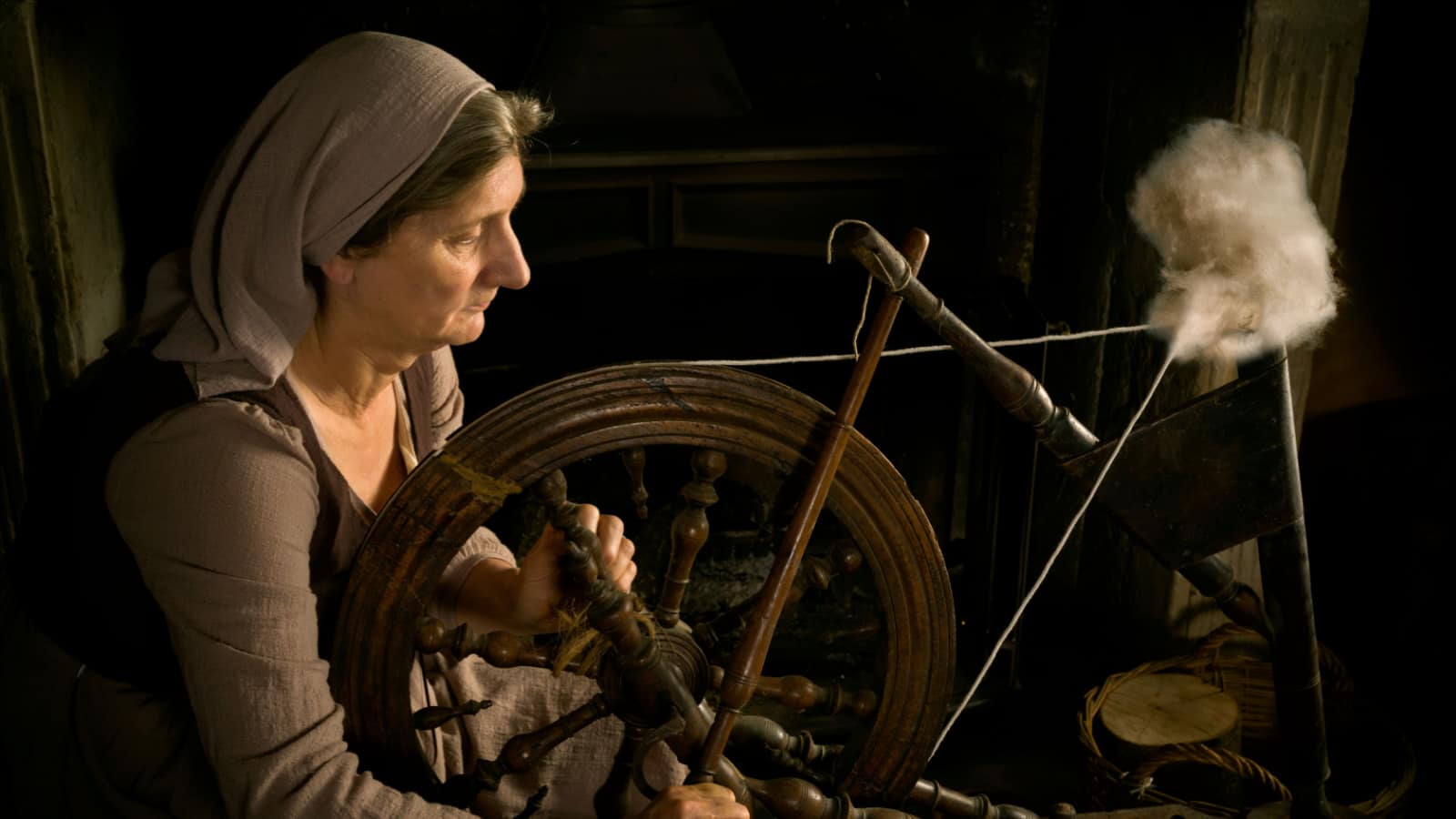
Fullers were individuals in the Dark Ages who were responsible for processing raw wool and turning it into a finished textile. They used various techniques such as soaking, pounding, and stretching to clean and thicken the wool. The job was physically demanding and required long hours of labor, often with low pay. Fullers were also exposed to a variety of chemicals and harsh substances, such as urine and soap, that were used to treat the wool. This exposure led to a variety of health issues, including skin diseases and respiratory problems. Despite the dangers and difficult working conditions, fullers played an important role in the textile industry and were highly valued for their skills.
10. Lime Burner
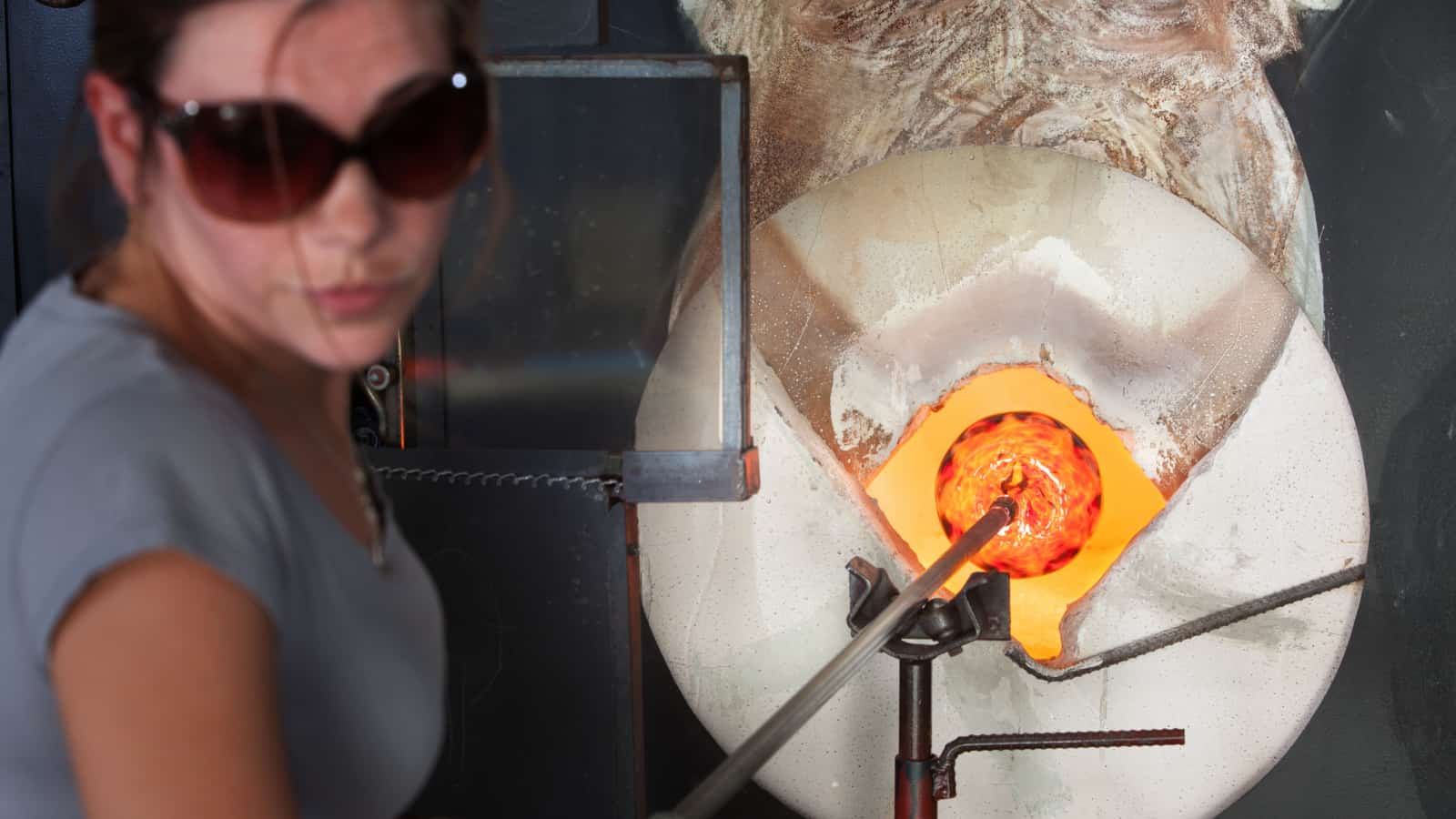
The lime burner was a profession in the Dark Ages that involved producing quicklime by heating limestone in a kiln. This process produced a highly caustic substance that was used in various industries, such as construction and agriculture. However, the job was extremely dangerous due to the exposure to toxic fumes and the risk of explosions from the kiln. The lime burners were also looked down upon by society and were often associated with criminals and outcasts. Despite the hazards and stigma, lime burners played an important role in the economy of the medieval period.
20 Cities People Will Never Visit Again
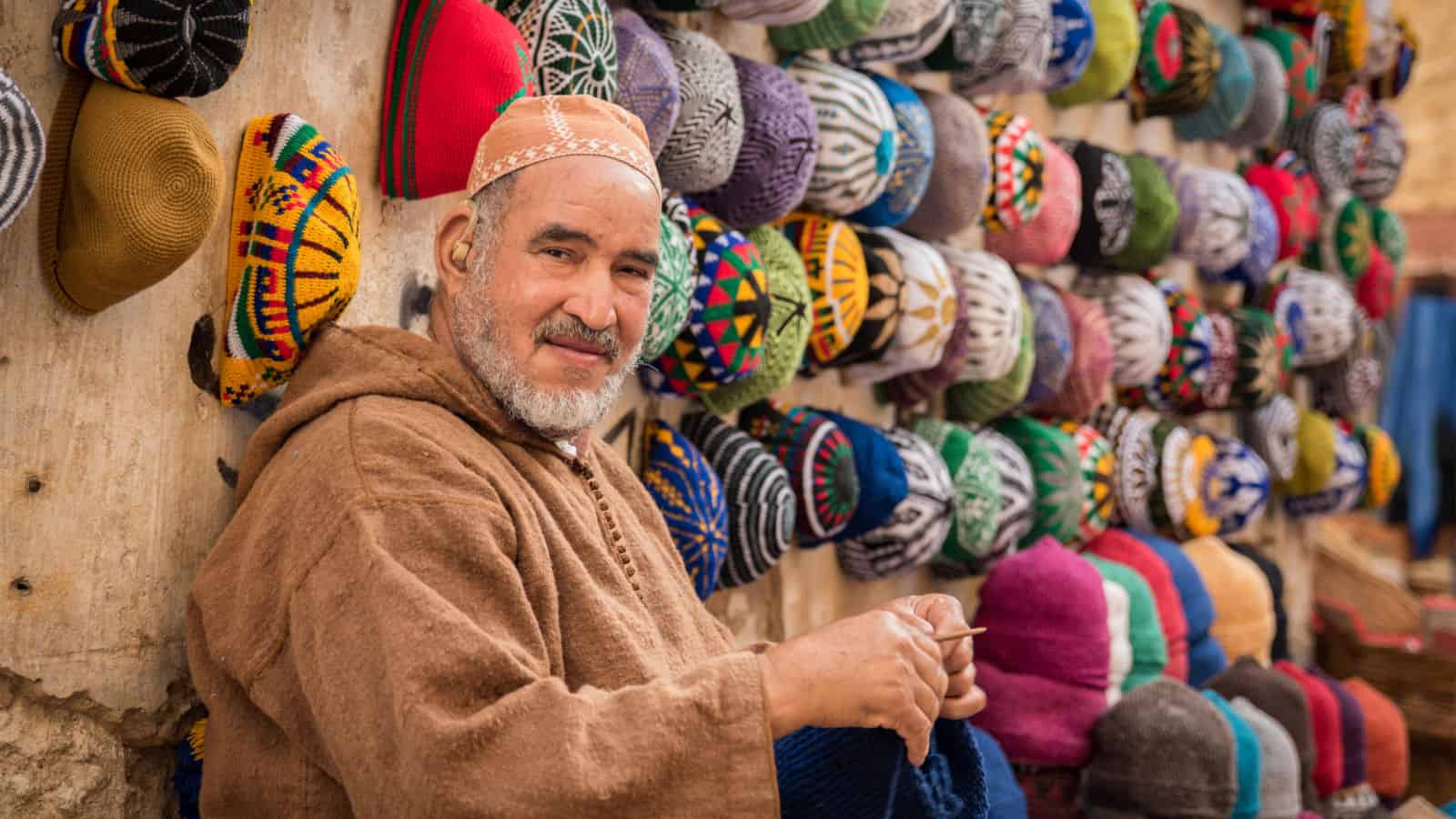
Travel can be a rewarding experience. However, these travelers went to a new city with high hopes, only to be let down.
20 Cities people Will Never Visit Again
23 Friendliest Animals on the Planet

You want to hug them, cuddle them, throw them a ball, and watch them playfully chase after it. What are they? They’re the world’s friendliest animals, of course! From dogs to dolphins to horses, there are more than a few creatures out there that seem like they’re just begging to be your BFF.
Get ready for some serious awe moments and adorable photos of animals that can’t wait to shower you with wet kisses and warm nuzzles. Whether on land, in water, or the air, these animals will make fast friends with any human lucky enough to gain their trust and affection. Keep reading to meet the snuggliest, sweetest, most downright lovable animals that roam the earth!
23 Friendliest Animals on the Planet

